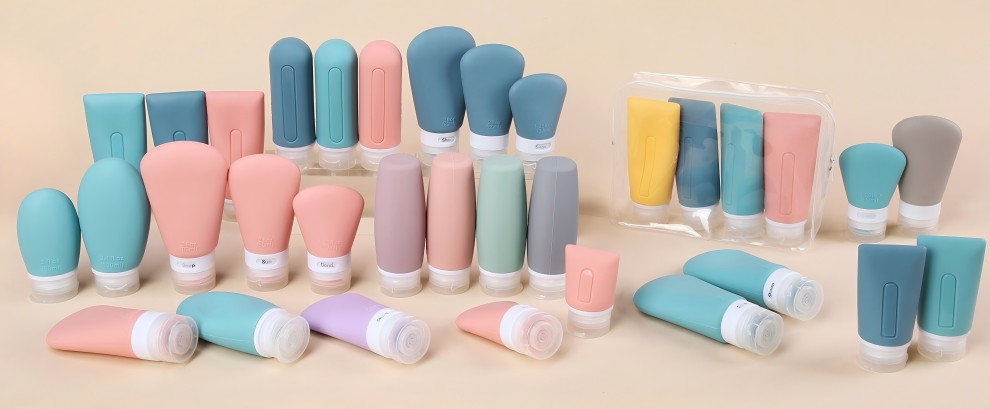Why Silicone Beats Rubber for FMCG products
Have you ever notice that more and more products are starting to use silicone or rubber as their raw material , these two are one kinds of versatile materials with a wide range of applications, from automotive to healthcare and household products. However, people frequently confused about their relationship because of the degree of similarity and difference between the two.
Despite being viscoelastic elastomers, silicone and rubber have different atomic structures, which results in unique properties and performance traits. Particularly in the quick-paced consumer goods industry, silicone products are currently taking market share away from rubber goods, and this trend is not slowing down. On the other hand it would be a great chance for some companies that sell rubber products such as rubber teethers, to fine a good alternative for their store.
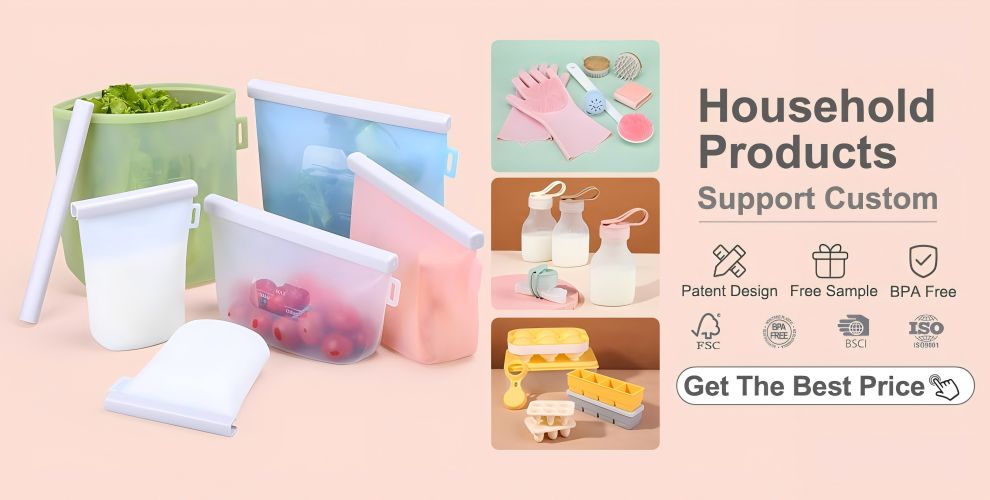
What is silicone and rubber?
Silicone, or polydimethylsiloxane, is a outsanding material with a backbone composed of synthetic origin(including silicon and oxygen atoms). This structure gives silicone its unique properties,their chemical inertness, resistance to water and oxidation,and its ability to stay strong in both hot and cold temperatures that make people
Rubber, the elastice subtance obtained from the extract of rubber tree(natural rubber) or derived from petroleum and natural gas (synthetic rubber).Quite silimar like silicone,this material is also elastic, resilient and tough.In fact,these two materials have many significant differences.
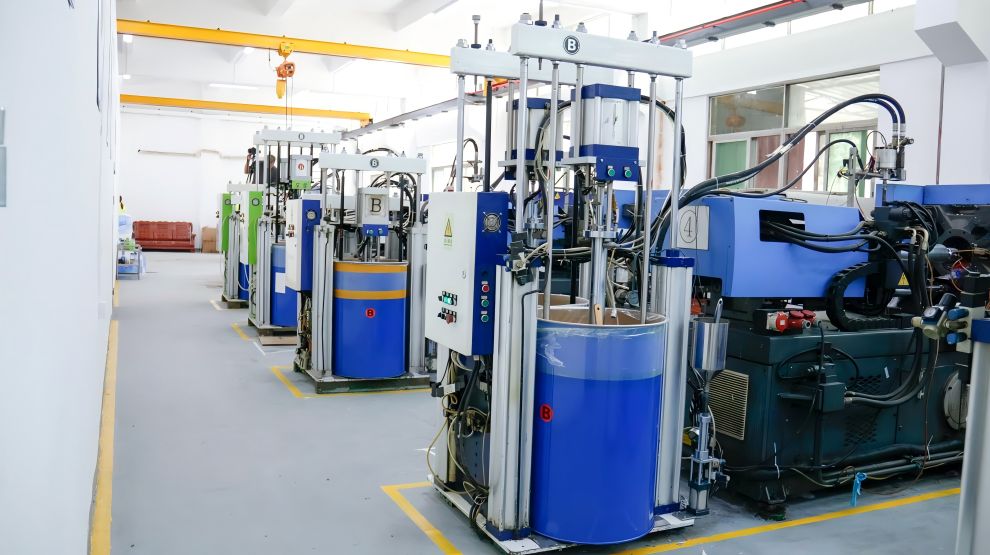
The difference between them
Chemical Properties:
Stability: Silicone’s outstanding thermal stability make it capable of withstanding the temperatures ranging from -100°C to 350°C. In comparison, rubber has a more limited thermal resistance, which is ranging from -50°C to 80°C, make it less suitable for applications involving extreme temperatures. Silicone is also an excellent heat insulator, meaning it does not transfer heat between objects. In kitchen itmes, the best example of the thermal stability of silicone is the baking mat, which is basically made of silicone, not rubber on the market.
Chemical Resistance: You can imagine silicone as a quiet and shy outsider who don’t want to play with “his friend”-other chemical, making it ideal for use in harsh chemical environments. In contrast, rubber are a outsider that can degrade when exposed to certain chemicals, which limits its applicability in these conditions.
Aging Resistance: Silicone is highly resistant to aging and maintains its properties over time, making it suitable for long-term use. On the other hand, rubber may be out of shape loss its strength when exposed to UV light and oxygen.
Weather Resistance: Silicone's ability of against weathering makes it remain flexible and effective after years of exposure to sunlight and rain. While rubber can also endure various weather conditions, it may necessitate protective coatings to prevent a cracking and degradation.
Biocompatibility: Another benefit of silicone is non-toxic and biocompatible, which is the main reason that become a common choice for medical applications and food contact products like food storage bag. Conversely, rubber's biocompatibility can differ based on its type; for instance, natural rubber does not withstand oil, grease, or fat well, and it might not be appropriate for all food or medical applications.
Water Resistance: Both silicone and rubber are unquestionably water-resistant, but silicone is less likely to absorb water due to its non-porous nature, which is more useful for waterproof applications.
Toxicity: Silicone is considered one of the safe material among the common material that be used in FMCG products, while some types of rubber may contain dangerous materials that over time may leak out, such as heavy metals or other toxic chemicals.
Physical Properties:
Durability: In kitchen itmes, the best example to show the durability of silicone is the air fryer liner, which is basically made of pure silicone, instead of rubber. Silicone’s superior durability due to its resistance to environmental factors and its extended lifespan. This can explains why silicone is used in the automotive and aerospace industries too. Conversely, exposure to heat, chemicals, and ultraviolet (UV) radiation can weaken rubber's durability.
Elasticity: Both materials are elastic, but in a wider temperature range, silicone perform better. On the other hand, temperature changes can have a big impact on rubber's elasticity. Resilience: One of silicone's most remarkable properties is its capacity to regain its original shape after the compression or stretching. Although rubber is not that bad, extreme heat or stress can cause it to permanently deform. And it is not surprise that at the same price, we tend to choose a products with better performance.
Resilience: Silicone is particularly notable for its ability to return to its original shape after being stretched or compressed. While rubber also exhibits resilience, it may undergo permanent deformation when exposed to excessive heat or stress.
Tensile Strength: Silicone's are typically softer than rubber, and can be useful in applications where flexibility is needed. Because of its greater tensile strength, rubber is more appropriate for applications that call for greater rigidity and tearing resistance.
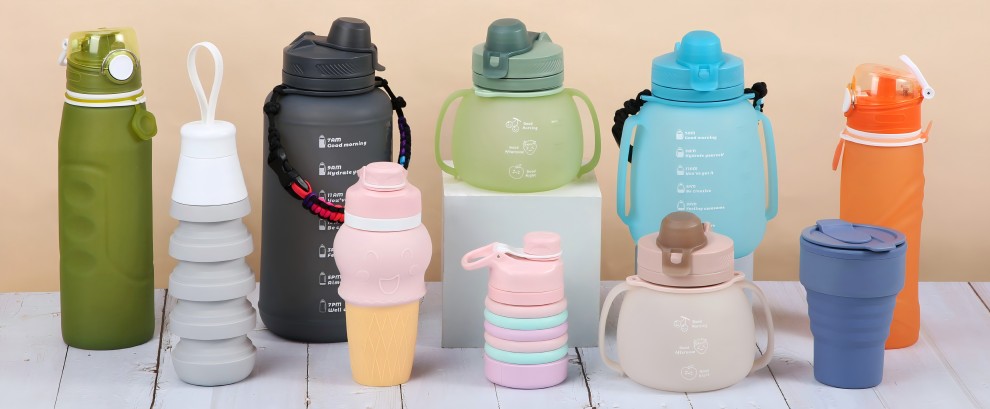
Silicone Gaining Market Share in FMCG
Although both silicone and rubber are widely used in in FMCG product, their chemical and physical characteristics make them showing a huge difference in the FMCG product market share, this also shows that consumers are prefer a products made of food-grade silicone rather than rubber.
As consumers become more aware of health and environmental protection, these characteristics have become key factors for silicone's dominance in the market, thus driving its widespread use and market share growth in the FMCG sector. In contrast, rubber, although excellent in terms of elasticity and tensile strength, may not be as good as silicone in terms of certain characteristics, which has led to the gradual replacement of rubber in specific FMCG applications.
Take a brift look
Baby Care Products:
According to market research, the global market for silicone baby products was valued at approximately $1 billion in 2019 and is expected to reach around $2 billion by 2027, growing at a CAGR of more than 8%. This growth trend indicates that silicone products are increasingly replacing rubber products in the baby care market due to their safety and durability.
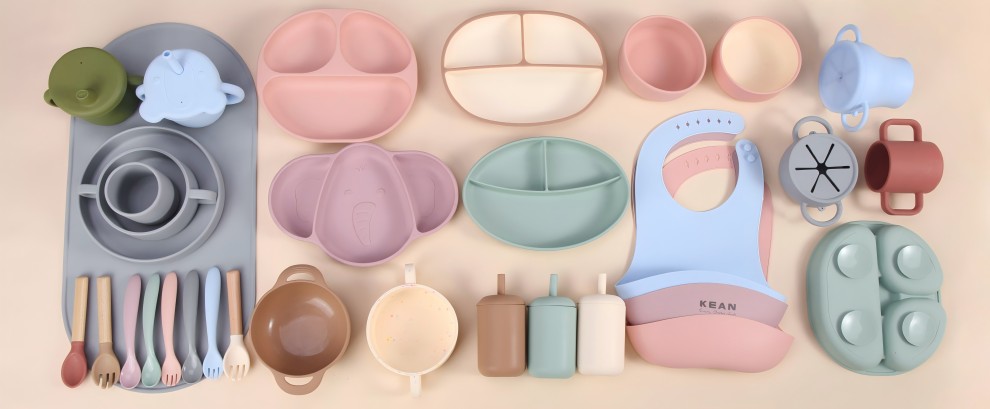
Kitchenware:
The market size for silicone kitchenware is estimated to be around USD 2.5 billion in 2020 and is expected to grow to USD 3.5 billion by 2025, at a CAGR of around 5.6%. The growth of silicone kitchenware is attributed to the increasing consumer demand for healthy and environmentally friendly products, as well as the outstanding performance of silicone materials in terms of heat and cold resistance.
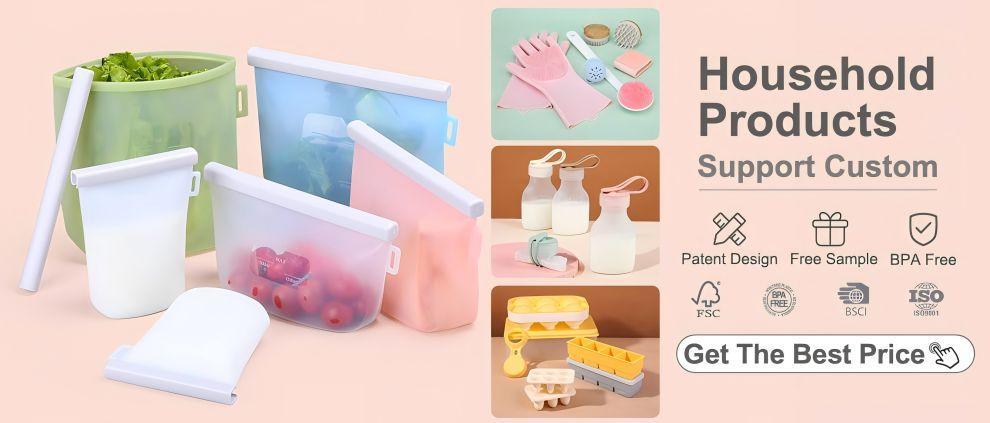
Personal Care Products:
The application of silicone in personal care products are also growing rapidly. For example, sales of silicone facial cleansing brushes have increased by 300% over the past five years, thanks to consumer recognition of the hypoallergenic and easy-to-clean properties of silicone materials.
